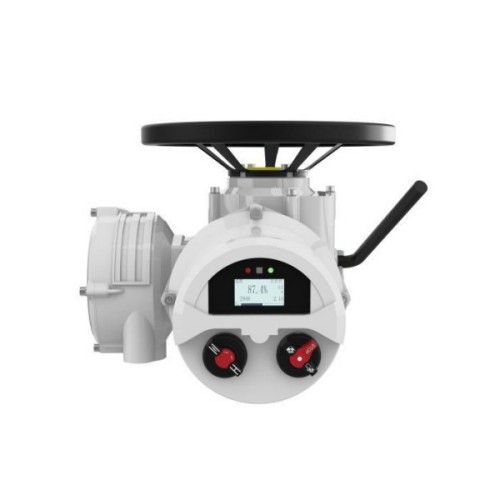slip on welding
Understanding Slip-On Welding A Comprehensive Overview
Slip-on welding is a popular method in the field of pipe fabrication and construction, known for its simplicity and efficiency. This technique is deeply rooted in processes where two pieces of metal are joined together, typically involving a piping system. Understanding the fundamentals of slip-on welding, the advantages it provides, and its applications is crucial for anyone involved in industrial welding or construction.
What is Slip-On Welding?
Slip-on welding involves the joining of a pipe or a fitting over the end of a length of pipe. The fitting is ‘slipped’ onto the pipe and then welded in place, usually using a fillet weld. This method is favored for its ease of alignment and minimal preparation necessary for the joint. The design of the slip-on fittings allows for a degree of flexibility, which can be advantageous during the installation phase, especially in tight or complex spaces.
Advantages of Slip-On Welding
1. Simplicity and Speed One of the primary benefits of slip-on welding is its relatively straightforward process. Unlike other welding methods that require extensive preparation and precision alignment, slip-on welding allows fitters to quickly join two components, thus accelerating the overall installation time.
2. Cost-Effectiveness Given the reduction in labor and preparation time, slip-on welding can be a more economical choice compared to other welding techniques. This is particularly important in large projects where time is money.
3. Versatility Slip-on welding can be applied to various materials, including carbon steel, stainless steel, and even some polymers. This versatility makes it a popular choice in numerous industries even beyond piping, such as construction and manufacturing.
4. Easier Alignment The slip-on method allows for easier adjustments during installation. If pipes are not perfectly aligned, the fitter can easily adjust the positioning of the fitting until an optimal arrangement is achieved before welding.
Applications of Slip-On Welding
slip on welding

Slip-on welding is utilized in a variety of industries, primarily in scenarios where piping systems are prevalent. Some common applications include
- Oil and Gas Industry Pipelines that transport oil, gas, and other fluids frequently use slip-on welding due to the demanding nature of these projects, where speed and reliability are paramount.
- Water Supply Systems In municipal water systems, slip-on welding can be effectively employed in joining pipes for efficient water distribution.
- Chemical Processing The chemical industry often relies on slip-on welding because of its flexibility in connecting different pipe sizes and materials, which is essential for handling various chemicals.
- Manufacturing In manufacturing plants, slip-on welding is utilized to assemble structures quickly and efficiently, allowing for rapid production rates and the ability to make adjustments without significant delays.
Considerations and Limitations
While slip-on welding offers numerous benefits, there are considerations and limitations to keep in mind. The strength of a slip-on weld may not be as high as that of a butt weld, making it less suitable for high-pressure applications. Additionally, it is vital to ensure that the fitting and pipe are properly cleaned and aligned before welding to avoid defects and ensure a high-quality joint.
Furthermore, welders must be skilled in the technique to achieve optimal results. Proper training in slip-on welding is essential to avoid issues related to weld integrity, which could lead to leaks or failures in a system under stress.
Conclusion
In conclusion, slip-on welding is a functional and efficient technique widely used in various industries for connecting pipes and fittings. Its straightforward nature, cost-effectiveness, and versatility make it an excellent choice for projects where time and flexibility are critical. However, like any welding method, it requires skilled labor and careful consideration of application suitability. Understanding the nuances of slip-on welding can significantly enhance working efficiency and project outcomes in pipe fabrication and assembly.
-
3 types of check valves maintenance tipsNewsAug.23,2025
-
Ball valves types with trunnion mounted designNewsAug.23,2025
-
Butterfly valve company production capabilitiesNewsAug.23,2025
-
Fisher globe valve technical specificationsNewsAug.23,2025
-
Types of gaskets for flanges selection guideNewsAug.23,2025
-
Wedge gate valve suppliers quality standardsNewsAug.23,2025
-
Breakthrough in Domestic Low Temperature Valve Technology in ChinaNewsAug.18,2025




